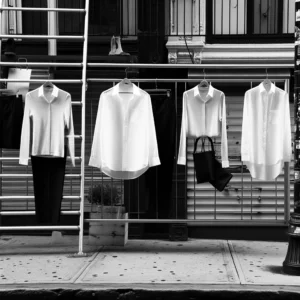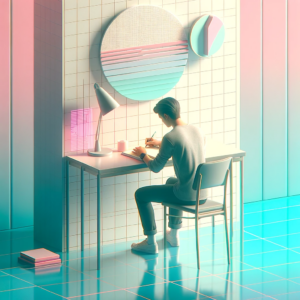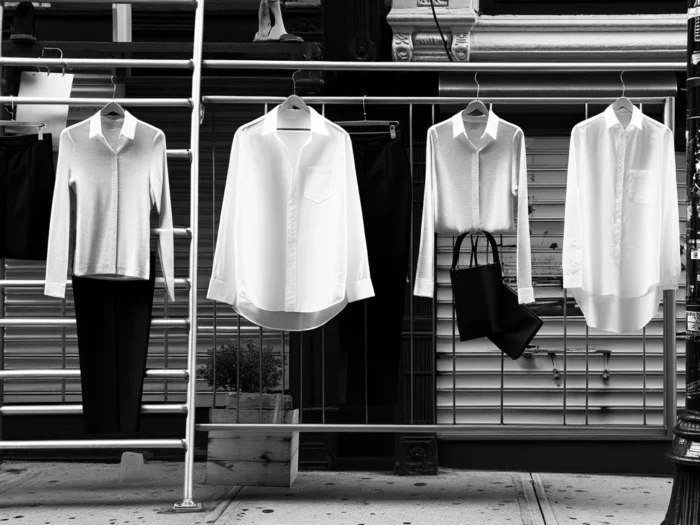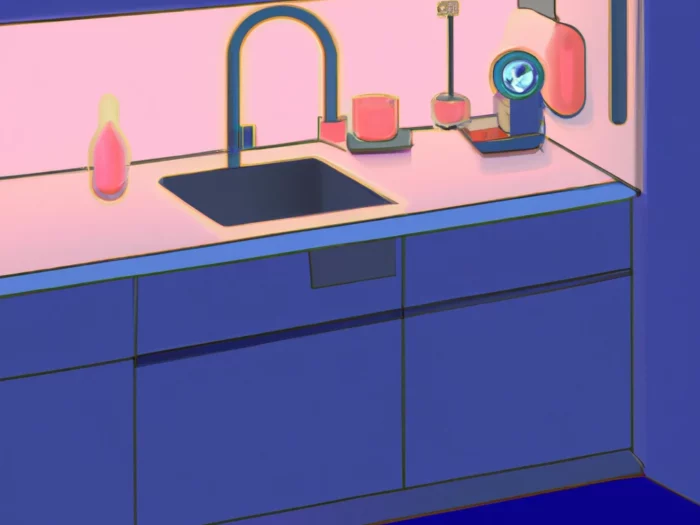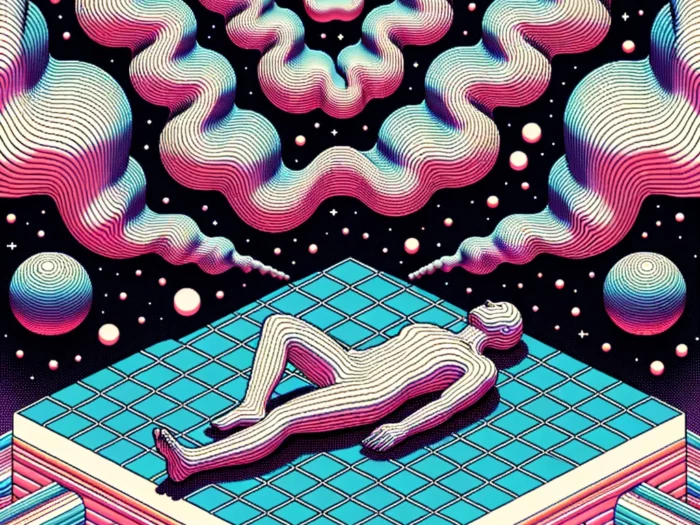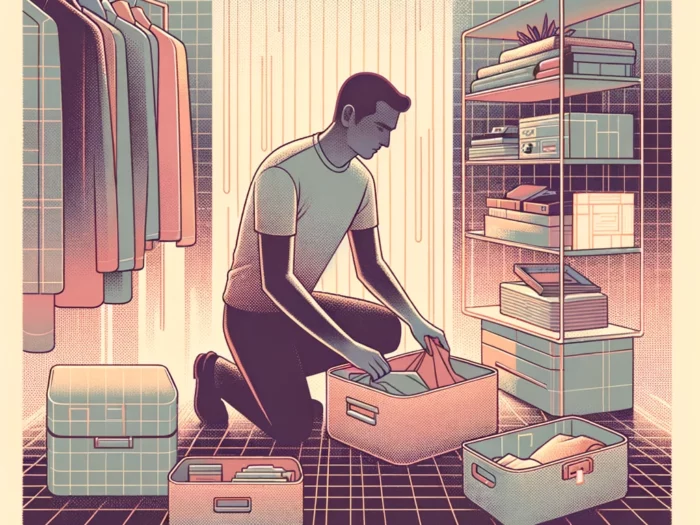Hello, dear readers. Today, I want to take you on a journey, a journey that has profoundly changed my life and reshaped my perspective on the world. It’s the journey towards sustainable living, a path that I discovered through my embrace of minimalism. I’ve always believed in living simply, but it was only when I started to understand the impact of my choices on our planet that I truly began to live sustainably. This journey has been filled with learning, growth, and a deep sense of fulfillment.
Understanding the Impact of Our Choices
I remember the day when I stood in front of my overflowing closet, looking at clothes I hadn’t worn in years. I thought about the resources that went into making each garment, the human labor, the materials, and the environmental cost. Then I thought about the waste created when they were discarded, ending up in landfills, or worse, in our oceans. It was a wake-up call. I realized that my consumption habits were not only cluttering my life but also contributing to environmental degradation. This realization was the catalyst for my journey towards sustainable living. It was a sobering moment, but it was also empowering. I knew then that I had the power to change my habits, to live more sustainably, and to make a positive impact on the world.
The First Step: Reducing Consumption
The first step I took was to reduce my consumption. As a minimalist, I had already started to declutter my life, but now I began to look at it from a sustainability perspective. I started asking myself before each purchase: “Do I really need this?” More often than not, the answer was no. I found that by reducing my consumption, I was not only saving money but also reducing waste and living more in line with my values. This was not always easy. We live in a society that constantly encourages us to buy more, to own more. But I found that the more I resisted these messages, the more freedom I felt. I was no longer tied down by possessions. Instead, I was free to focus on what truly mattered to me.
The Second Step: Reusing What We Have
The next step in my journey was learning to reuse what I already had. I found creative ways to give new life to old items. An old ladder became a bookshelf, jars were used for storage, and worn-out clothes became cleaning rags. This process was not only fun but also helped me appreciate the value of the things I owned. It was a lesson in creativity and resourcefulness. It taught me that with a little imagination, we can find new uses for things that we would otherwise throw away. This not only reduces waste but also helps us to appreciate the value of what we have.
The Third Step: Recycling Responsibly
Recycling responsibly was the third step in my journey. I learned about the different types of materials and how to recycle them properly. I started composting my organic waste and found local recycling facilities for electronics. It was a learning curve, but knowing that I was reducing my environmental impact made it worthwhile. I also learned about the limitations of recycling. Not everything can be recycled, and not all recycling processes are environmentally friendly. This reinforced the importance of the first two steps: reducing and reusing.
The Benefits of a Minimalist and Sustainable Lifestyle
Since embarking on this journey, I’ve experienced numerous benefits. I’ve saved money, reduced clutter, and found a sense of peace in living simply. But more importantly, I’ve realized that my actions can make a difference. I’ve seen how my choices impact the environment and the people around me, and I’ve learned that I have the power to make positive change. This has been incredibly empowering. It’s given me a sense of purpose and a deeper connection to the world around me.
Tips for Starting Your Own Minimalist and Sustainable Journey
If you’re considering starting your own journey towards minimalism and sustainability, here are a few tips:
- Start small: Don’t try to change everything at once. Start with one area of your life and gradually expand from there. It could be as simple as bringing your own shopping bags to the store or using a reusable water bottle.
- Educate yourself: Learn about the impact of your choices and how you can make more sustainable decisions. There are many resources available online and in books that can help you understand the issues and provide practical tips.
- Be patient: Change takes time. Don’t be discouraged if progress is slow. Every small step counts. Remember, this is a journey, not a destination.
- Find a community: Connect with others who are on the same journey. They can provide support, inspiration, and practical advice.
- Celebrate your progress: Take time to acknowledge your achievements, no matter how small. Each step you take towards a more sustainable lifestyle is a victory.
Conclusion
My journey towards minimalism and sustainable living has been transformative. It’s taught me to live intentionally, to value what I have, and to understand the impact of my choices. It’s a journey that’s still ongoing, and I invite you to join me. Together, we can make a difference. We can live better, simpler lives, and in doing so, we can help create a more sustainable world. It’s not always easy, but it’s worth it. And I believe that with each step we take, we’re not only improving our own lives but also making the world a better place for future generations.


